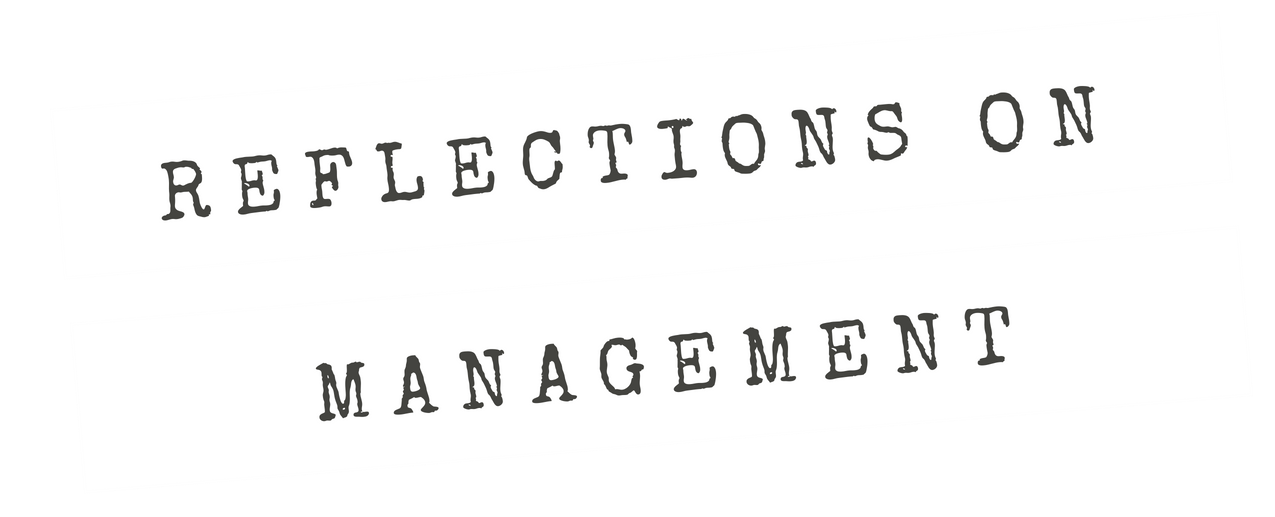What I’m talking about is an organization that coordinates a defensive campaign against [communication] attack
Season 3, Episode 10 — Click here to download the transcript
In a previous episode, I talked about counternarratives, which are narratives that refute or alternatively explain dominant narratives. In an organizational sense, counternarratives represent offensive tactics, ways to refute another actor’s narrative, or in turn, the narratives used by opponents to attack or discredit the organization. The obvious implication is that organizations defend themselves in some way from these counternarratives. But notions of defense is not well represented in the literature, so there’s some room for asking what does ‘defense’ means in a communication sense? How do organizations ‘defend’ themselves strategically?
Communicating on the defense is not being defensive! It is fending off the opposing messages without resorting to a constant game of ‘whack-a-mole,’ reacting to each event individually. This is not a strategy, and the result is frustrating and expensive (e.g., money, time, energy). A strategy recognizes that many of these messages are stemming from a common counternarrative, and thus the strategy amounts to deciding the organization’s main response — to refute it directly, to essentially blow it off or treat as irrelevant, or to acknowledge it and change the organization (on the organization’s terms as much as possible). From this defensive story, it is easy to generate defensive messages as you need them. The challenges are ensuring that you have characterized the counternarrative right in the first place — not always easy.
Works Referenced:
Garvin-Doxas, K. & Barker, L. J. (2004). Communication in computer science classrooms: Understanding defensive climates as a means of creating supportive behaviors, ACM Journal of Educational Resources in Computing 4(1), 1-18.
Gibb, J. R. (1961). Defensive communication. Journal of Communication 11(3), 141-148. This article provides the classic stance as equating defensive communication as defensiveness, characterizing a supportive climate as the opposite of a defensive climate.
Stamp, G. H., Vangelisti, A. L., & Daly, J. A. (1992). The creation of defensiveness in social interaction. Communication Quarterly 40(2), 177-190.
Related Reflections on Management Episodes:
Episode 3-2. On counternarratives: Alternative stories about the organization.
Episode 2-4. Too Many Meanings of ‘Narrative’.


